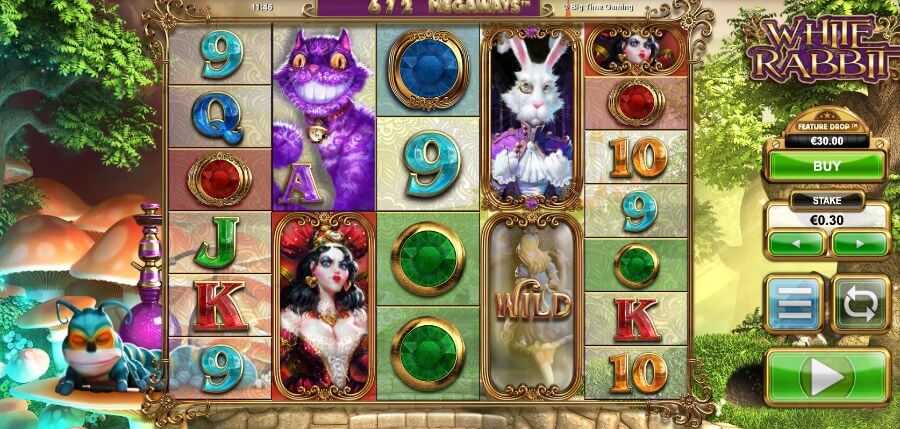Alice’s journey through Wonderland is steeped in dream-like sequences, blurring the lines between fantasy and reality. The White Rabbit serves as the initial spark that ignites Alice’s adventure, inviting her into a realm where anything is possible 8live
Dreams as a Reflection of Inner Desires
Dreams have long been regarded as windows into our subconscious, revealing our deepest fears, desires, and aspirations. For Alice, her descent into Wonderland signifies a departure from the confines of her waking life and an exploration of her inner world.
The White Rabbit symbolizes the allure of dreams—an invitation to escape the mundane and embrace the fantastic possibilities that lie beyond the ordinary. In a way, the White Rabbit represents the voice urging Alice to confront her fears and desires.
As she interacts with various characters and navigates the unpredictable landscape of Wonderland, Alice gains valuable insights into her own identity and aspirations. The transformative power of dreams allows her to reflect on her life, encouraging her to break free from the confines of societal expectations and embrace her true self.
The Role of Imagination in Self-Discovery
Imagination plays a crucial role in Alice’s journey, allowing her to transcend the limitations of reality and engage with her surroundings in new and exciting ways. The White Rabbit serves as a conduit for creativity and exploration, facilitating Alice’s growth throughout her adventure.
Each fantastical encounter with characters like the Caterpillar and the March Hare reveals different facets of Alice’s personality and desires. These interactions serve as catalysts for self-discovery, emphasizing the importance of embracing one’s imagination as a means of understanding oneself.
The White Rabbit, in guiding Alice into this dreamscape, symbolizes the innate human desire to venture beyond the familiar and delve into the depths of our creative minds. This journey of self-exploration through imagination fosters personal growth, ultimately leading Alice toward a deeper understanding of her identity.
Awakening to Reality
As Alice journeys through Wonderland, she begins to awaken to the realities of her own life. The White Rabbit, despite his whimsical nature, serves as a reminder that dreams are fleeting and that personal transformation requires engagement with the real world.
The conclusion of Alice’s adventure offers a poignant reflection on her relationship with time, identity, and the complexities of growing up. While the White Rabbit may symbolize the enchantment of dreams, the end of the story signifies a return to reality—a return that equips Alice with newfound wisdom and insight.
By recognizing the value of both dreams and the tangible world, Alice emerges from her journey with a richer understanding of herself and her place within the complexities of life.
Conclusion
The White Rabbit serves as a pivotal character in “Alice’s Adventures in Wonderland,” symbolizing the allure of curiosity, the complexities of time, and the transformative power of dreams. Through his frantic energy and enchanting presence, the White Rabbit beckons readers into a world of wonder, inviting them to explore the boundaries of reality and imagination.
As we follow Alice on her journey, we are encouraged to reflect on our own lives, questioning our perceptions of time, identity, and the balance between conformity and individuality. The whimsical characters of Wonderland, alongside the White Rabbit, compel us to embrace our unique perspectives and celebrate the beauty of uncertainty.
In a world that often prioritizes routine and structure, the White Rabbit reminds us of the importance of curiosity and the courage to embark on our journeys of self-discovery. Ultimately, we emerge from Wonderland with a greater appreciation for the complexities of existence and the delightful adventure of being ourselves.


